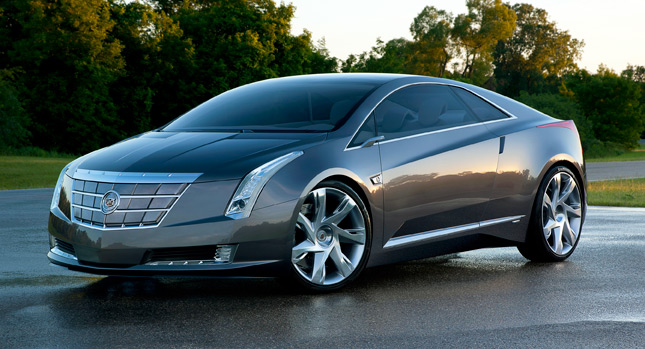Lithium-ion batteries may be employed widely in a variety of products, including hybrid and all-electric vehicles, but up until now, engineers have had a limited understanding of how lithium ions “behave”.
Professor Miroslav Krstic and postdoctoral fellow Scott Moura of the University of California, San Diego, claim they have devised new algorithms that enable them to better comprehend what’s going on inside lithium-ion batteries.
Krstic, who is a faculty member of the Department of Mechanical and Aerospace Engineering at the Jacobs School of Engineering, said that engineers overcompensate for their lack of knowledge by building batteries that are unnecessarily too large.
“If one could have a better knowledge or better estimation of what’s going on inside, one could safely operate closer to the limits of performance, which means that the oversizing and overdesign would be less necessary”, Krstic told Automotive News. “That translates into savings in costs and in weight.”
By applying the new algorithms, batteries could be made smaller. As a result, they would charge up to two times faster while their cost would drop by 25 percent.
Krstic and Moura will use US$415,000 out of a US$4 million DoE grant they are sharing with supplier Robert Bosch GmbH and battery maker Cobasys to continue their research.
They want to gain more info about the amount of energy that is contained within the batteries and how to better control their charging rate and improve their health.
“Our goal is to develop a certain set of algorithms and to have Bosch test these algorithms within a three-year period”, Krstic said. “The schedule is very aggressive.”
By Andrew Tsaousis
Story References: Automotive News
PHOTO GALLERY





